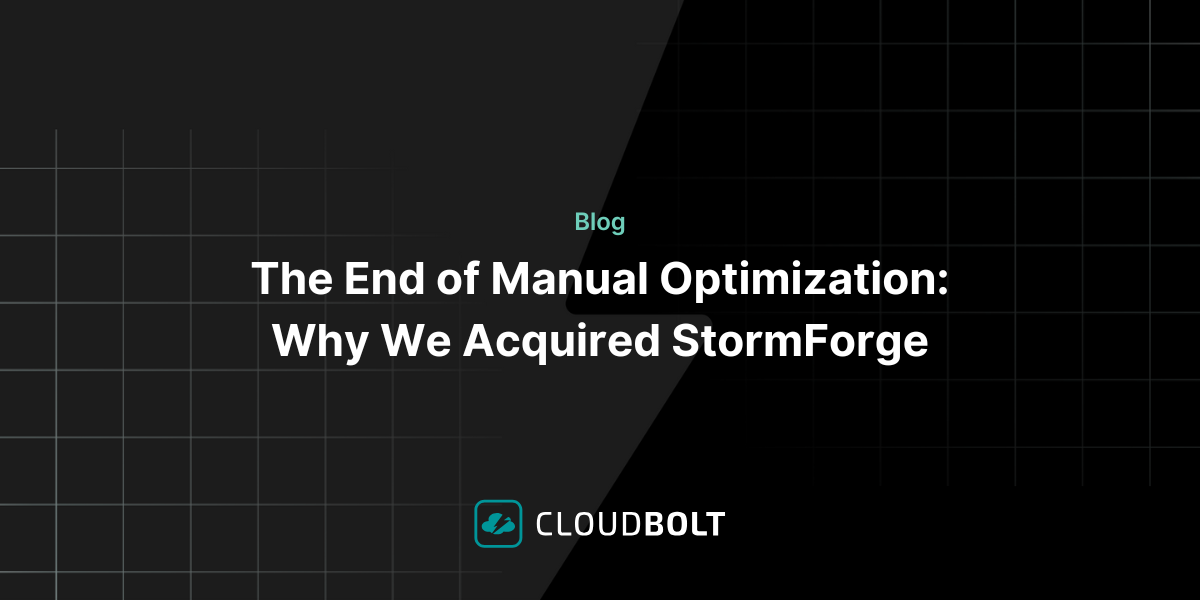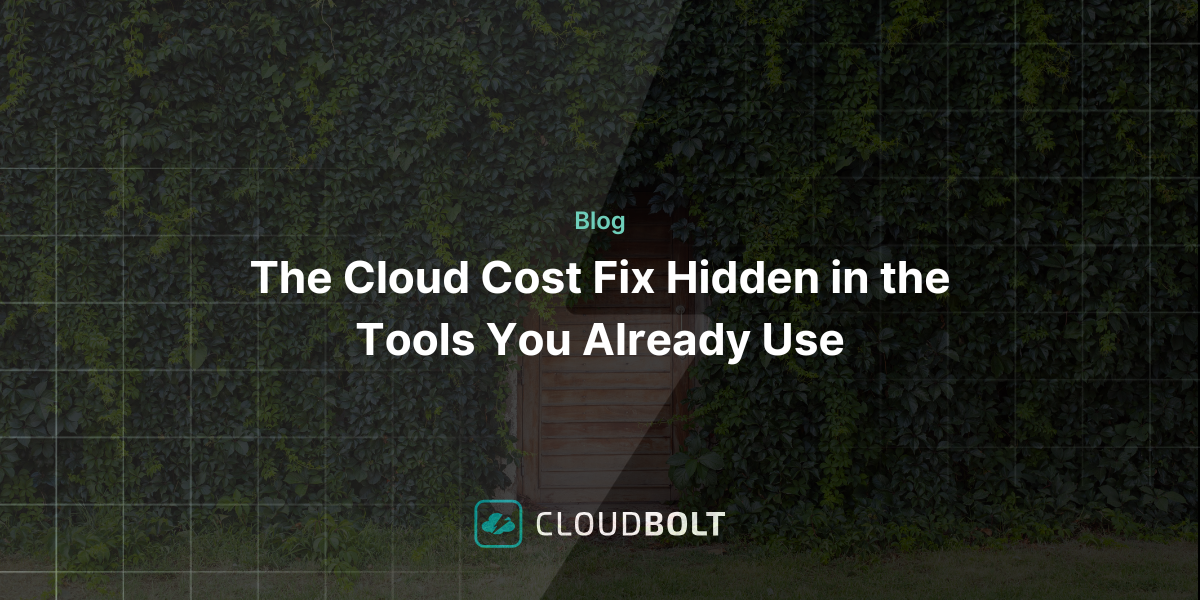AWS Cloud Management Tips: Get A Handle on AWS Costs
Amazon Web Services (AWS) cloud management can be challenging for organizations that are just starting. This is particularly so when it comes to adjusting to the cloud cost model. You see, on-premises applications come with a combination of fixed operating expenses and capital expenses. AWS, on the other hand, comes with variable operational expenses based on resources consumed.
The only way to overcome the cost variability challenges experienced in AWS is to avoid unnecessary costs. Organizations also need to set the right parameters.
Common Causes of AWS Bill Sticker Shock
It’s normal to have some fluctuations in your monthly AWS bill because of changes in usage and other variables. If you’re not careful, you’ll make choices that might cause a spike in your AWS bill.
Here’s a review of the common AWS cost mistakes you might be making. There are also some tips included on how to reduce the risk of exceeding your budget.
-
Data Transfer
Data transfers are one of the most common causes of AWS bill sticker shock. There’ll be no charge to transfer data into AWS. However, there’ll be a charge for transferring data from AWS to another service or region.
You should design your AWS infrastructure with cost-effective and efficient data transfers in mind. If you’re constantly moving data from AWS to a private data center, then you should consider using AWS Direct Connect. Using AWS Direct Connect is the cheapest way to transfer data out of your AWS cloud.
-
High-Performance Storage
Guaranteed performance on AWS is very expensive – for both managed databases and block storage. If your organization needs guaranteed storage performance for the EC2 instances running critical applications, you should use Provisioned IOPS. But using IOPS can cause a spike in costs that easily exceed the capacity cost and even EC2 compute cost.
Using DynamoDB can also deliver fast throughput, but you’ll have to use many Read/Write Capacity Units. AWS charges for each capacity unit. Therefore, you might want to keep an eye on the business value you’re getting from each unit.
AWS Cloud Management – How to Tame Costs
You don’t have to suffer from sticker shock every time you get your AWS bill. There are some techniques and tools you can use to bring cloud costs under control.
-
Use Billing Alerts
AWS Budgets can help organizations to keep track of their spending. You can find the tool in the AWS Billing and Cost Management console. The tool is customizable, and you can set a threshold around cost and usage. You get an alert whenever you exceed the parameters you’ve set.
AWS Budgets also comes with a forecasted cost mode. This notifies you when you’re consuming additional resources that might spike your cloud costs. This way, you can respond proactively rather than wait to receive a hefty bill.
-
Use AWS Cost Tools
Use AWS Cost Explorer to analyze your organization’s historical cloud spend and make a projection for the next three months. The tool lets you graph daily costs and gives rightsizing recommendations that allow you to lower costs without compromising on performance.
Cost Explorer also gives you EC2 coverage and utilization reports. These let you plan for the use of EC2 Reserved Instances. EC2 Reserved Instances provide AWS users with a significant discount in exchange for a long-term commitment.
-
Limit Scaling
If you’re too liberal with EC2 Auto Scaling and need to curb costs, you should limit scaling through your account. One of the key parameters for Auto Scaling is the maximum size. It limits both cost and performance for Auto Scaling groups.
You should prioritize cost over performance for applications that are not a core driver of business revenue.
Related Blogs

The End of Manual Optimization: Why We Acquired StormForge
Today is a big day for CloudBolt—we’ve officially announced our acquisition of StormForge. This marks a major milestone for us…

